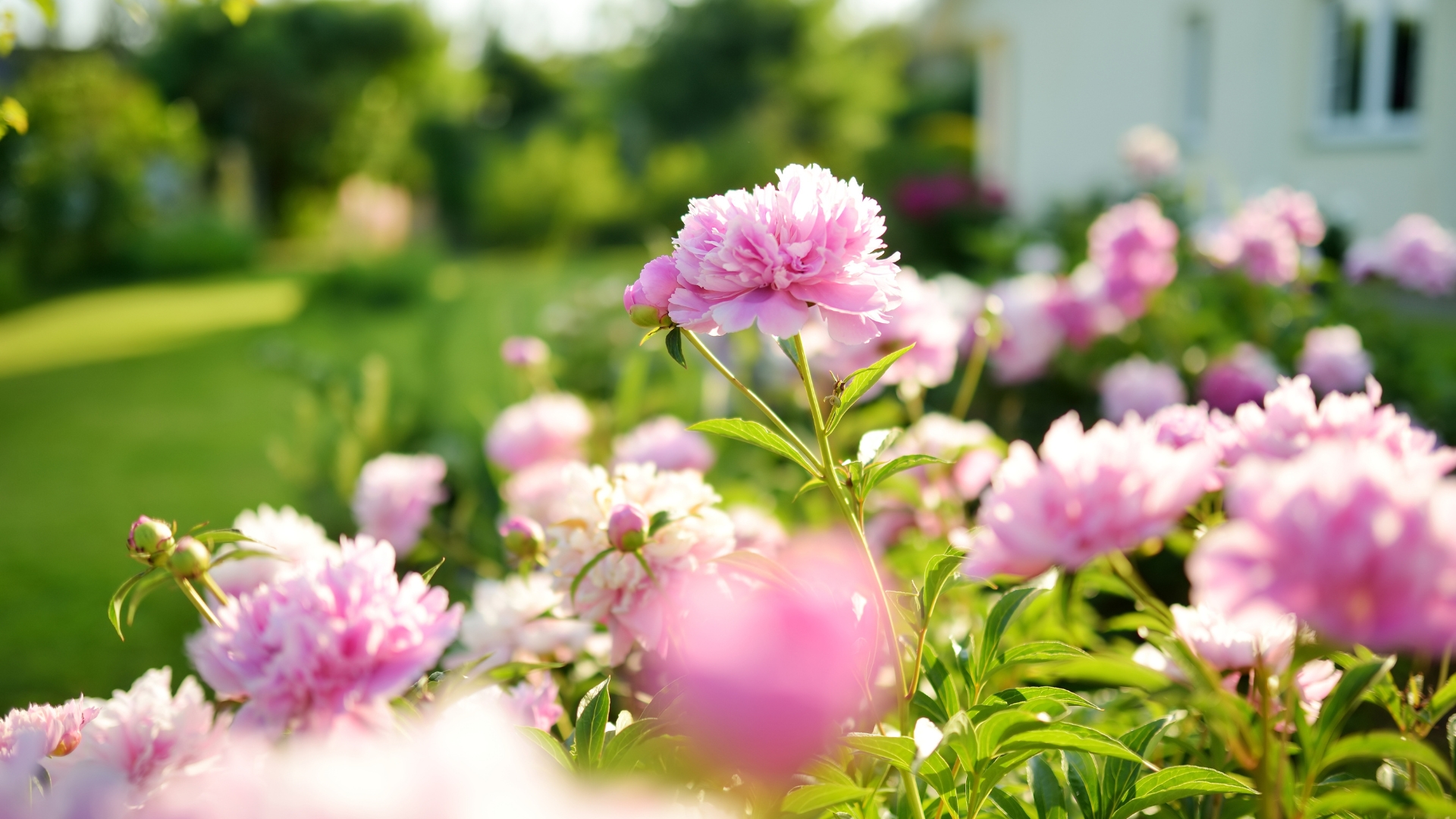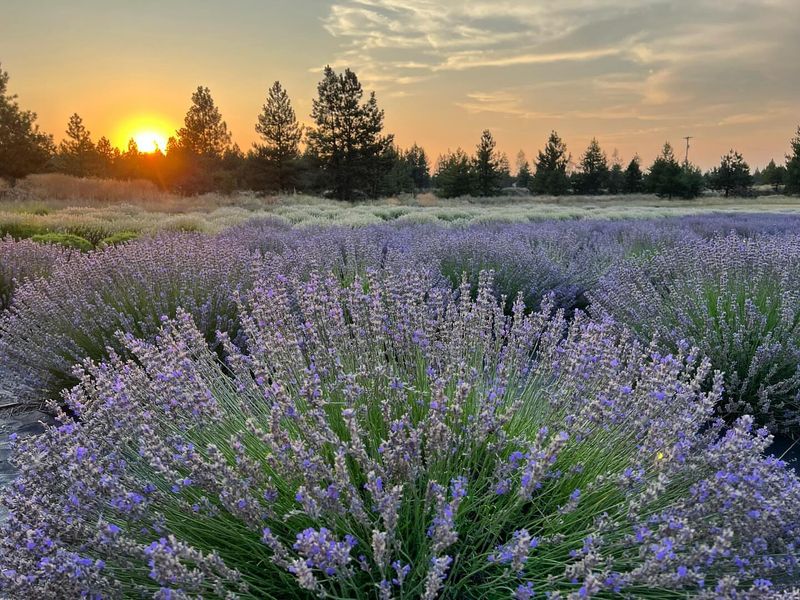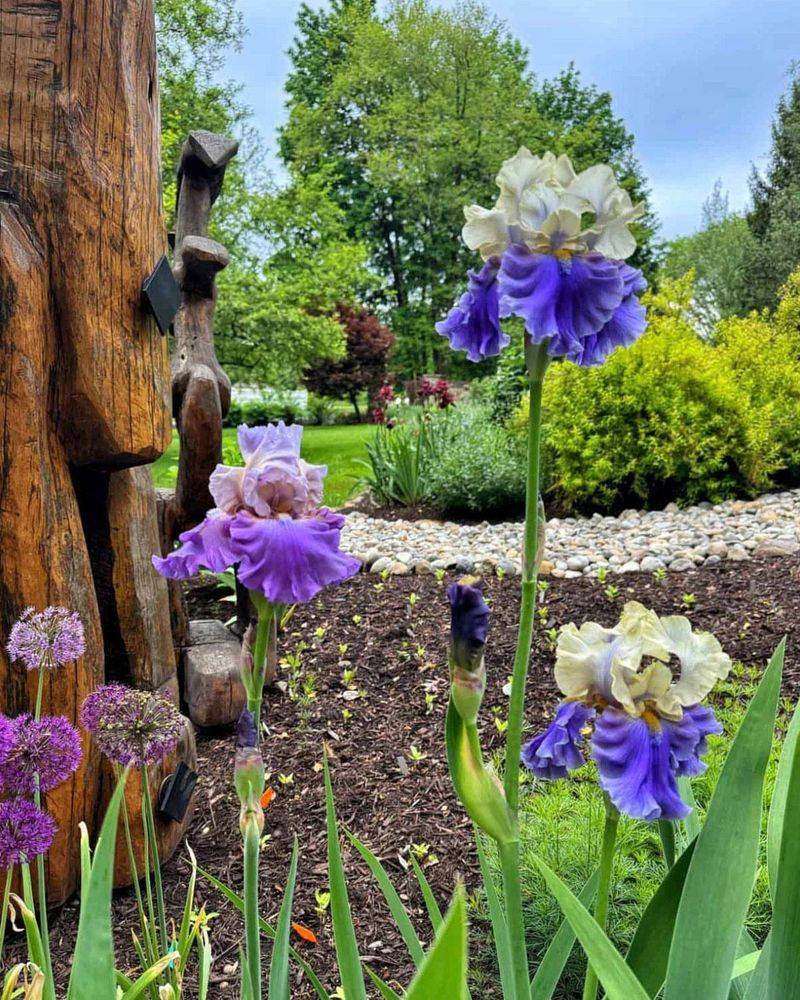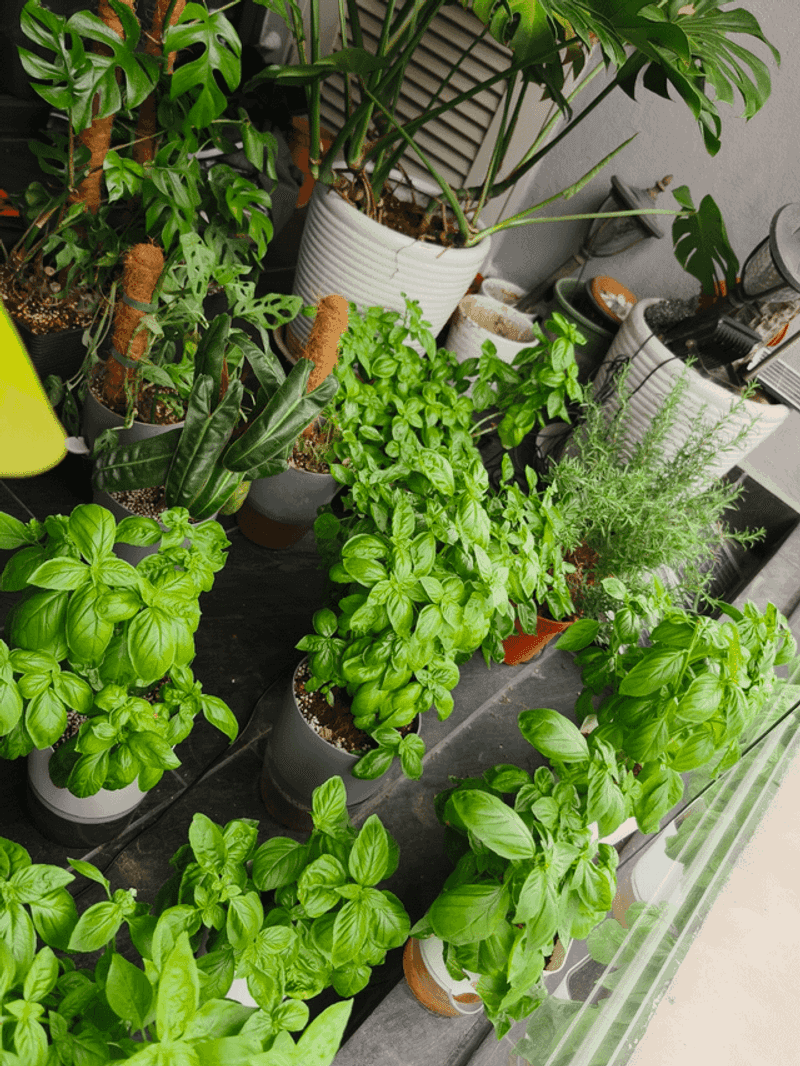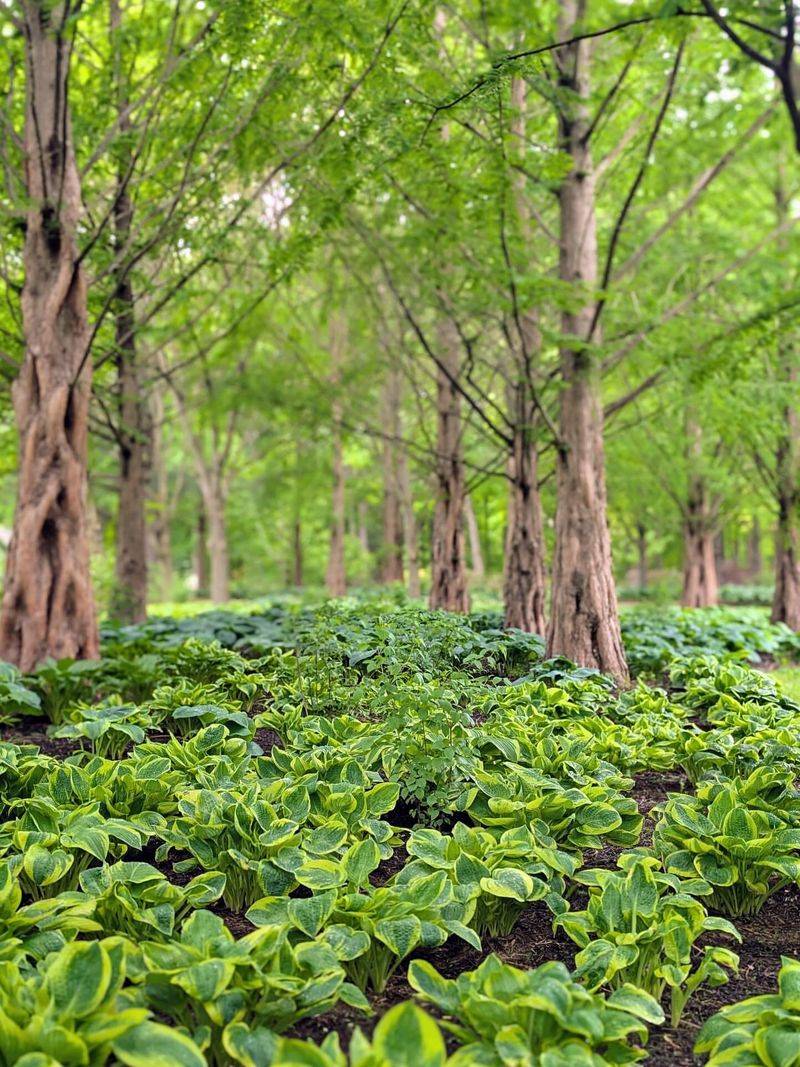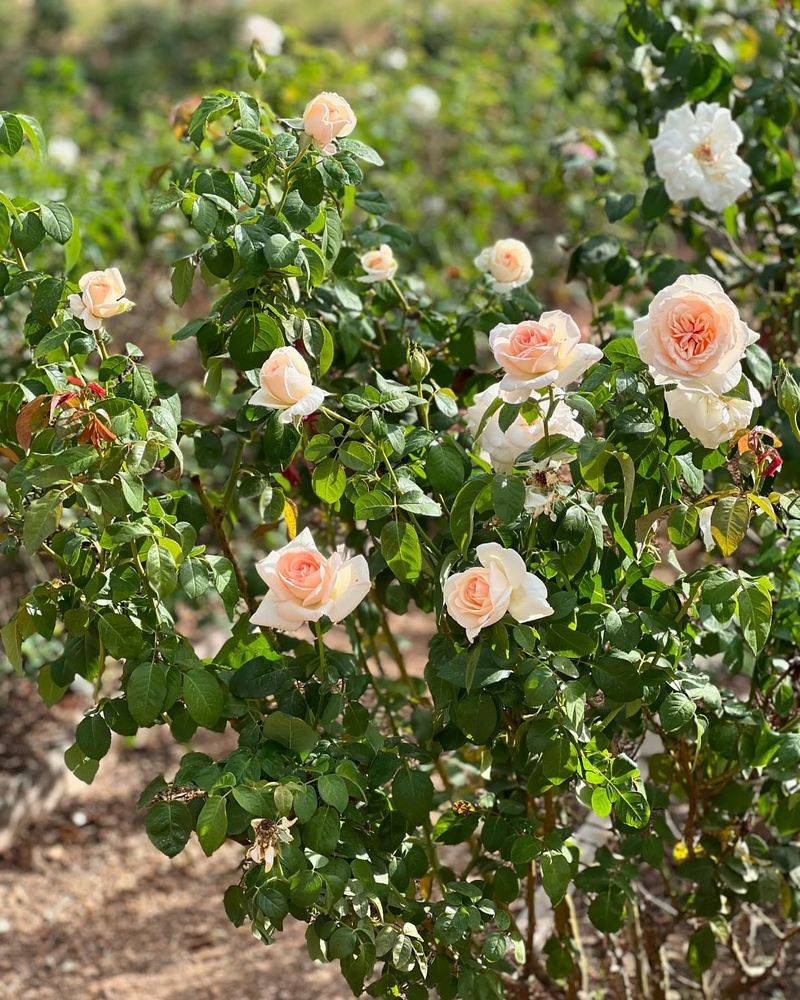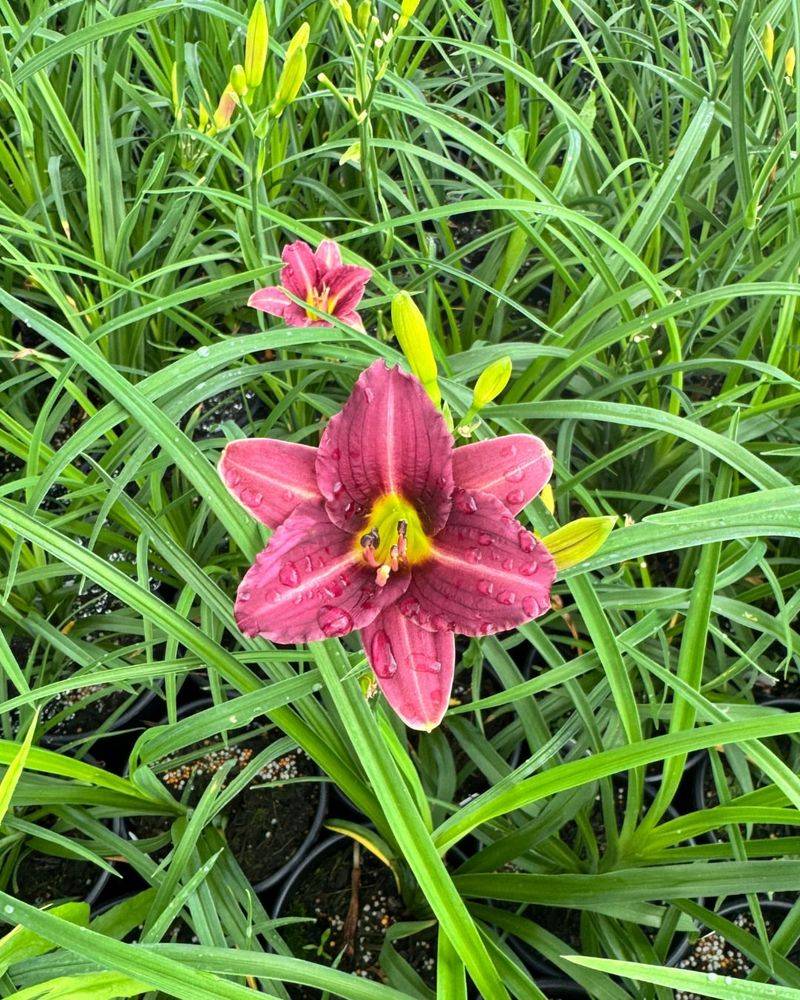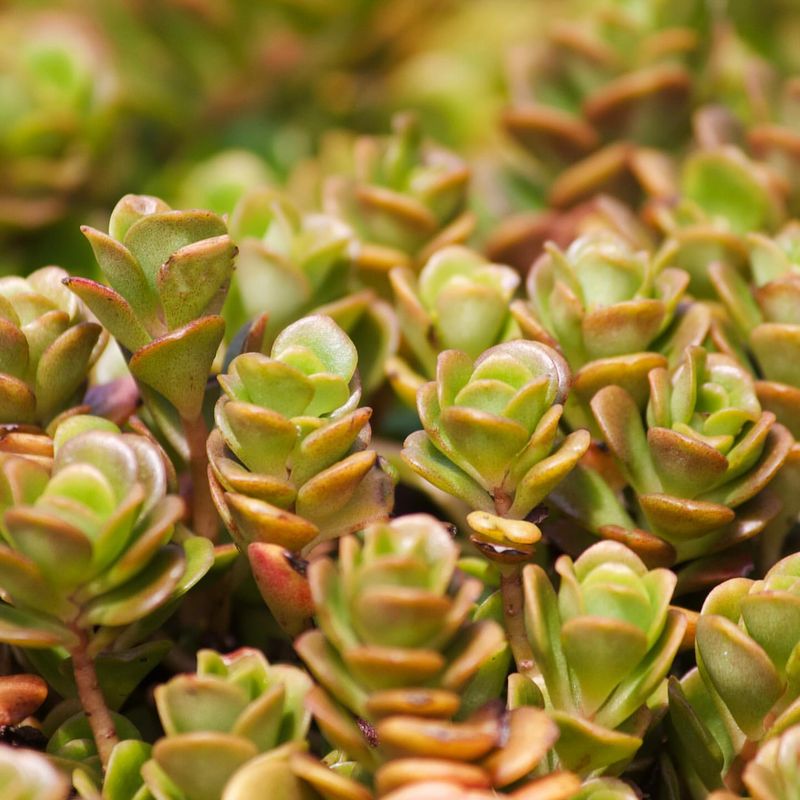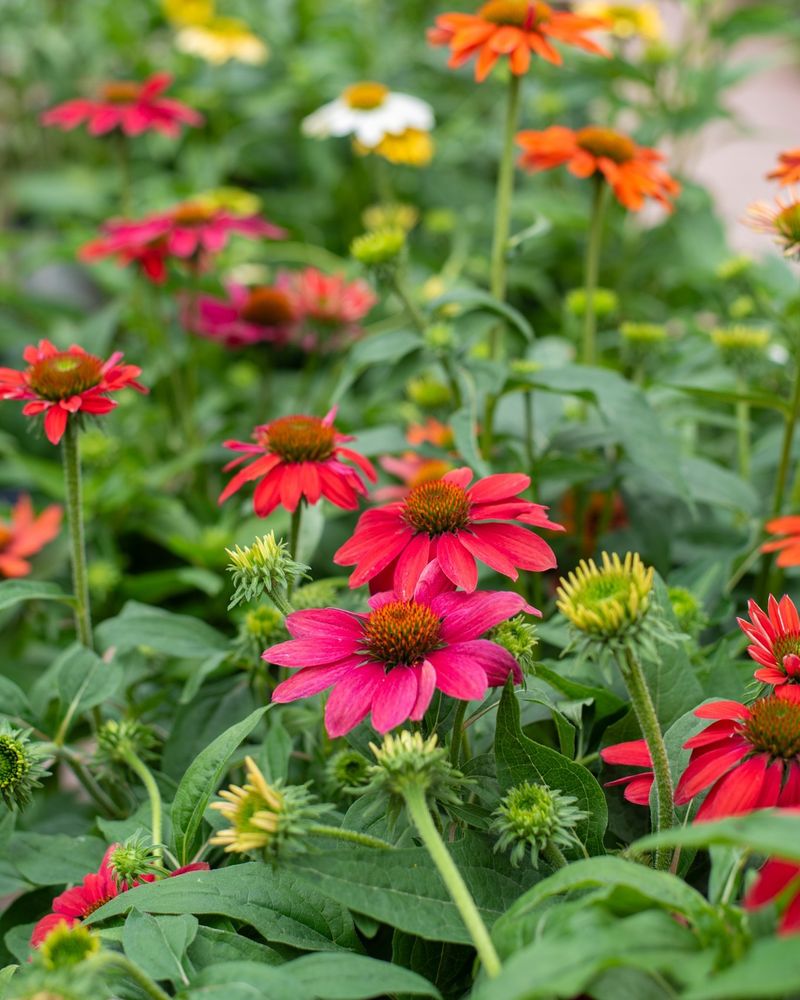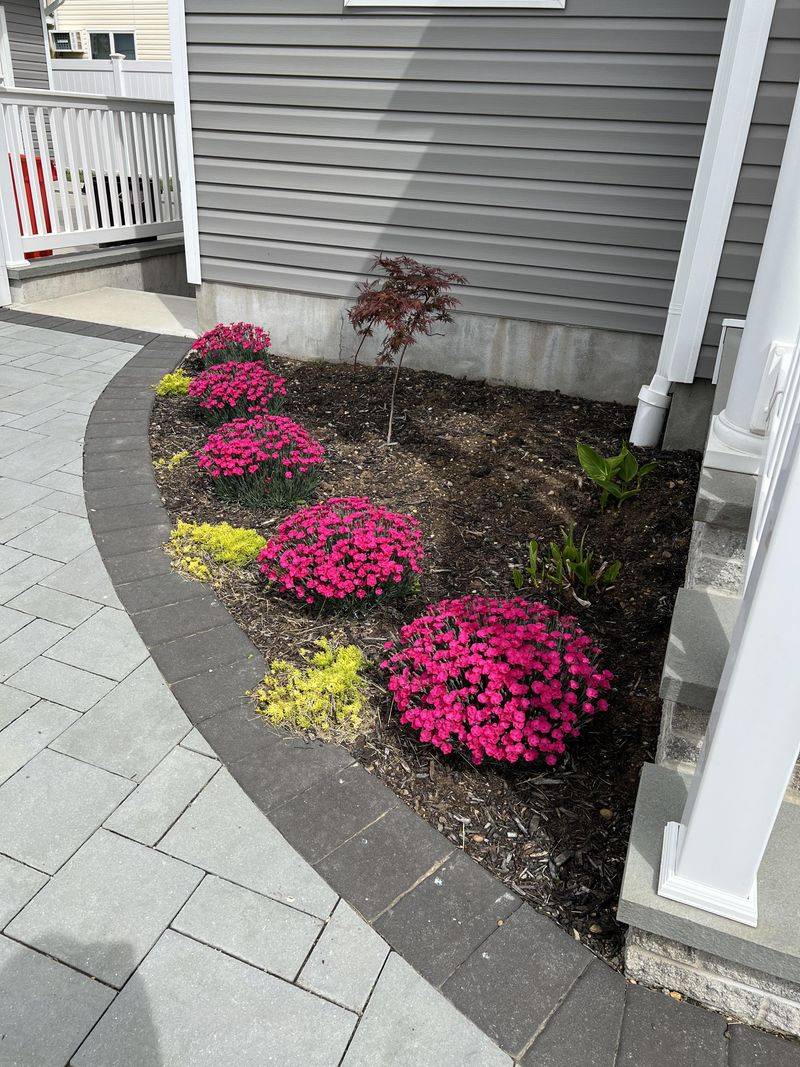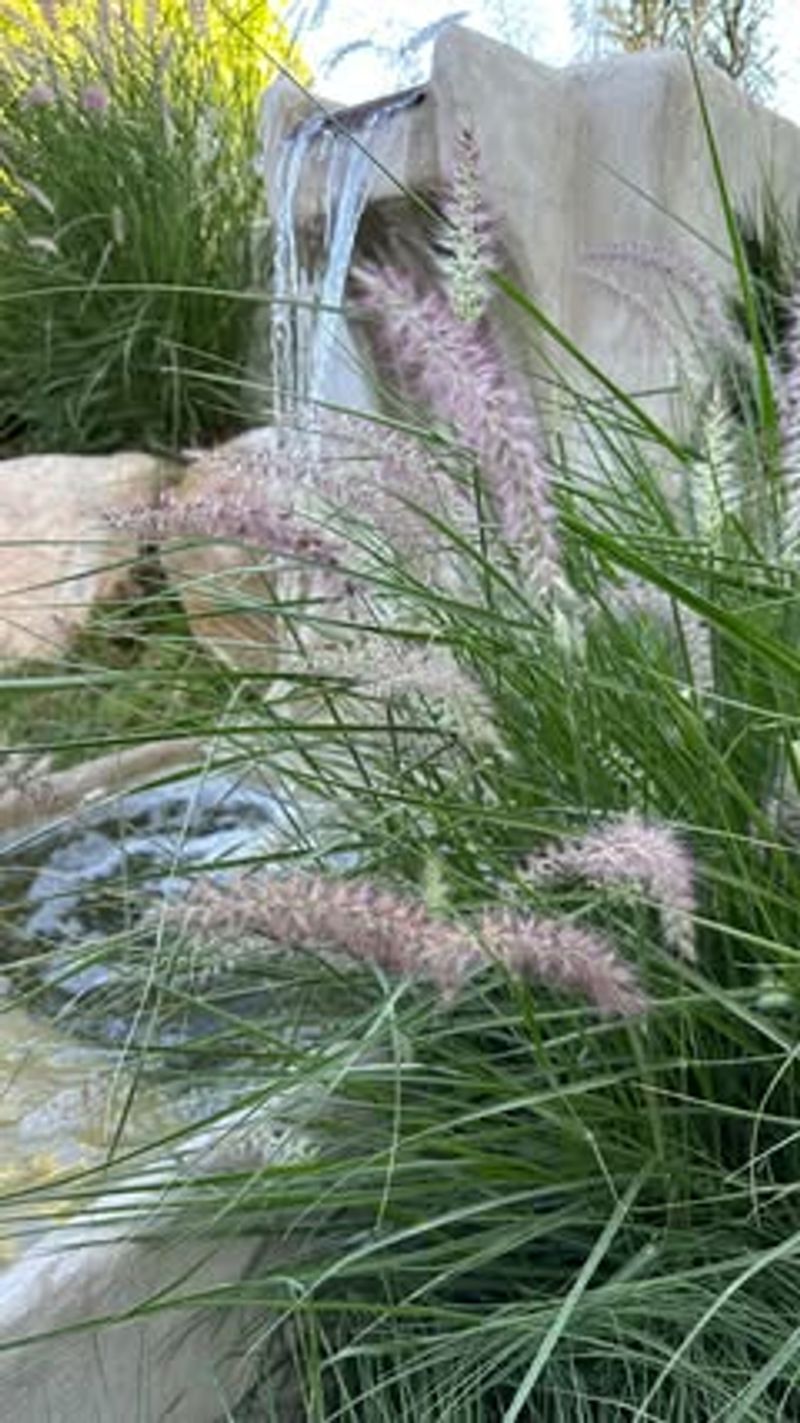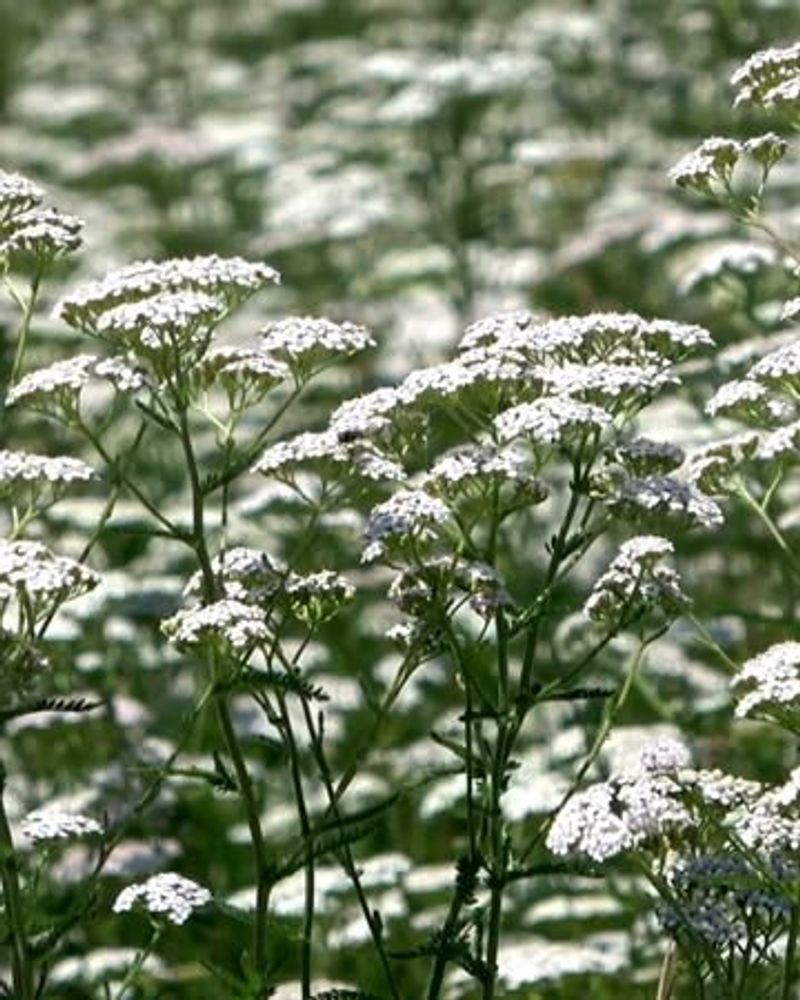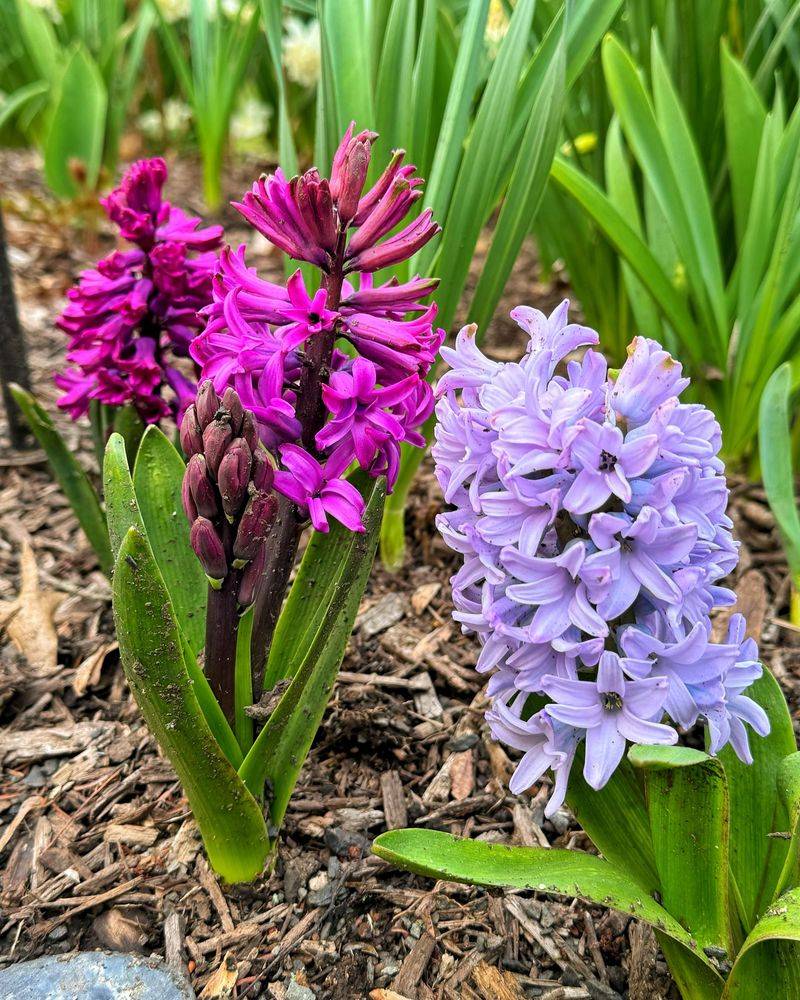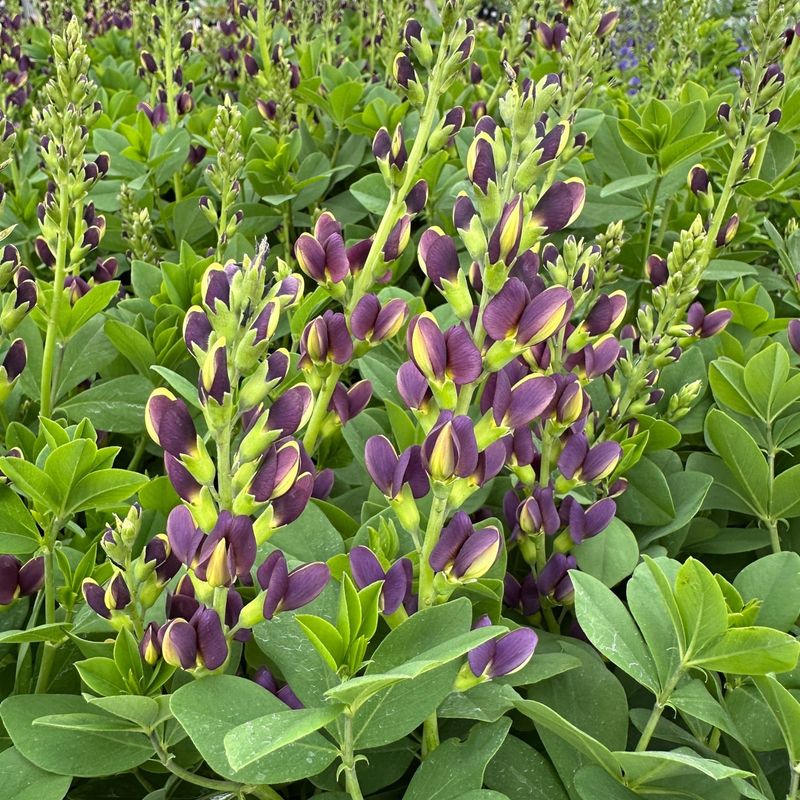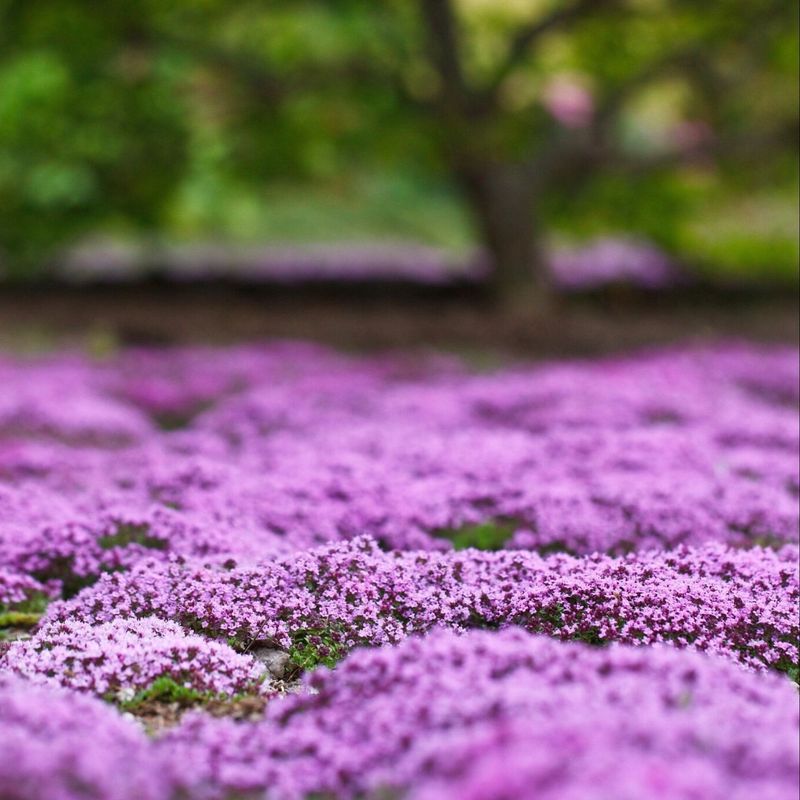Kentucky gardeners, hold off on mulching these plants for now! While mulch is great for protecting your garden, some plants actually need a little extra time before getting that cozy blanket.
Covering them too soon can slow growth or cause problems when the weather changes. Let’s find out which plants need to wait a bit before you bring out the mulch and keep your garden healthy all season long!
1. Lavender
Mulching too early can trap moisture around lavender’s crown, causing root rot in Kentucky’s spring showers. These Mediterranean natives prefer well-drained soil and hate wet feet.
Wait until warmer days arrive consistently before adding a light layer of gravel mulch instead of organic materials. Kentucky gardeners have better success when soil temperatures stabilize in late spring.
2. Peonies
These gorgeous bloomers need their eyes (growth buds) just at soil level to flower properly. Covering them too soon with mulch can prevent proper development and reduce your flower show.
Kentucky’s fickle spring weather means waiting until you see several inches of growth before applying a thin mulch layer. Many experienced Bluegrass gardeners skip mulching peonies altogether!
3. Bearded Iris
Covering the rhizomes of bearded iris too early invites rot and disease. These showy flowers need their fleshy roots exposed to sunlight to perform their best in Kentucky gardens.
Apply mulch only around, never over, the rhizomes once temperatures consistently reach the 70s. Many Kentucky iris enthusiasts find that these plants actually thrive with minimal or no mulch coverage.
4. Herbs
Most culinary herbs originated in dry Mediterranean regions and despise excess moisture around their stems. Premature mulching traps dampness and encourages fungal problems in Kentucky’s humid climate.
Wait until soil warms completely and herbs show vigorous growth before applying a thin layer. Many Kentucky herb gardeners prefer using pebbles or crushed shells instead of organic mulch for better drainage.
5. Hostas
Early spring mulching can delay hostas’ emergence in Kentucky gardens. These shade-lovers need the soil to warm up naturally before their shoots push through.
Hold off until you see the distinctive pointed tips breaking through the soil surface. Kentucky gardeners find that waiting until hostas are 3-4 inches tall before mulching helps prevent slug damage too.
6. Roses
Rushing to mulch roses traps moisture at the graft union, potentially causing disease in Kentucky’s humid conditions. These beloved bloomers need proper air circulation around their bases.
Wait until after the last frost when new growth is established before applying mulch. Many Kentucky rose enthusiasts leave a small mulch-free zone directly around the plant’s crown for better health.
7. Daylilies
While tough as nails, daylilies benefit from letting their crowns warm naturally in early spring Kentucky sunshine. Premature mulching can delay flowering and promote rot in their fleshy roots.
Hold off until you see several inches of new fan growth before applying a light mulch layer. Kentucky gardeners have noticed better blooming when these plants get a head start before being covered.
8. Sedums
These drought-tolerant succulents hate wet feet and can quickly rot if mulched too early. Their fleshy stems and leaves store water, making them particularly sensitive to excess moisture in Kentucky’s spring rains.
Wait until temperatures stabilize and soil dries out before applying a very thin layer of gravel mulch. Many Kentucky rock garden enthusiasts skip organic mulch entirely for sedums, using stone chips instead.
9. Coneflowers
Native to Kentucky, coneflowers prefer to have their basal rosettes exposed to spring sunshine. Early mulching can smother new growth and prevent self-seeding that creates those beautiful natural drifts.
Hold off until plants are actively growing and about 6 inches tall. Kentucky wildflower enthusiasts often use a lighter mulch application for these prairie natives than for other perennials.
10. Dianthus
Also called pinks, these charming flowers detest wet crowns and can quickly succumb to rot if mulched prematurely. Their gray-green foliage needs good air circulation in Kentucky’s humid conditions.
Wait until soil dries out and temperatures warm consistently before applying a very light, gritty mulch. Kentucky rock garden fans often use chicken grit or fine gravel around dianthus instead of organic materials.
11. Ornamental Grasses
Mulching too early can smother the emerging shoots of ornamental grasses in Kentucky landscapes. These plants break dormancy from the center outward and need room to expand.
Hold off until you can clearly see the new growth pattern before applying mulch around, not over, the expanding clump. Kentucky prairie garden enthusiasts find that these plants often perform better with minimal mulching.
12. Yarrow
This drought-tolerant perennial develops rot quickly if its crown stays too wet in Kentucky’s spring conditions. Premature mulching can trap moisture and encourage fungal issues in yarrow’s ferny foliage.
Wait until plants show several inches of new growth and soil has dried out. Many Kentucky native plant gardeners use a very thin layer of mulch for yarrow, keeping it away from the crown entirely.
13. Spring Bulbs
Daffodils, tulips and other spring bulbs need to sense warming soil temperatures to emerge properly. Premature mulching acts as insulation, confusing their natural timing in Kentucky gardens.
Wait until bulbs have finished flowering before applying a light mulch layer. Kentucky bulb enthusiasts know that letting foliage yellow naturally before covering helps ensure next year’s beautiful display.
14. Baptisia
False indigo emerges late in Kentucky gardens, and early mulching can delay it further or even prevent shoots from breaking through. This native plant needs to feel the warming soil to begin its growth cycle.
Hold off until you see the distinctive asparagus-like shoots emerging before applying mulch. Kentucky native plant gardeners have found that patience with baptisia pays off with stronger plants and better blooms.
15. Creeping Thyme
This low-growing herb forms a beautiful mat but can quickly rot if mulched too early in Kentucky’s moist spring conditions. Its tiny stems need good air circulation to prevent fungal issues.
Wait until active growth is well underway before applying a very sparse mulch only in bare patches. Many Kentucky rock garden enthusiasts skip mulching creeping thyme altogether, letting it form its own living mulch instead.

